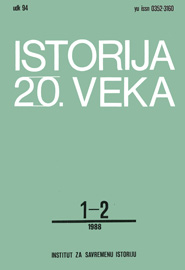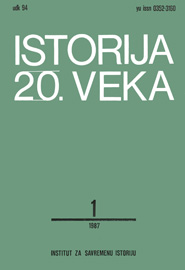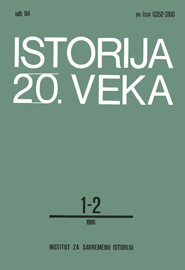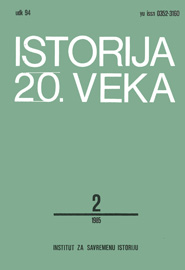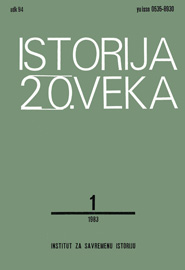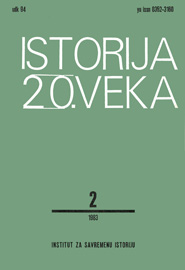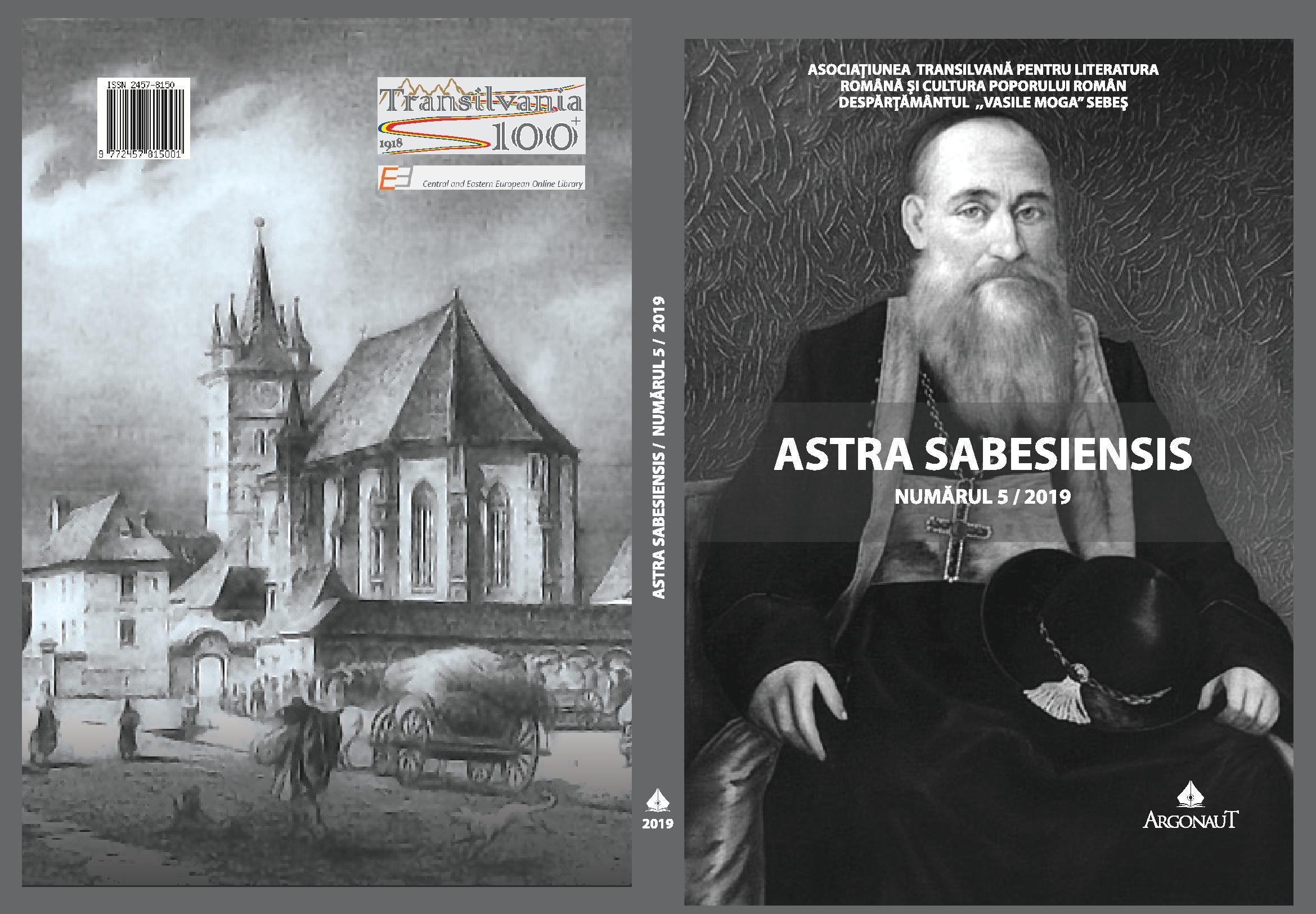Author(s): Milan Vesović / Language(s): Serbian
Issue: 2/1985
В данном труде речь идет об издательской деятельности югославов в СССР с 1918 по 1945 год., с особым обзором работы югославской секции Издательского кооператива иностранных рабочих в СССР с 1931 по 1941 г. Кооператив образован в 1931 году по инициативе Коминтерна. Его задание заключалось в печатании политической литературы в области марксизма, международного рабочего движения и развития СССР на многих языках. Этаи литература была главным образом предназначениа политической эмиграции проживавшей в СССР, как и в других странах во всем мире. Деятельность югославской секции относится к началу 1932 года, а первые книги вышли из печати в 1933 году. В первый период деятельности (до 1941 года) секцией опубликованно 70 книг, в том числе 43 напечатанно на сербскохорватском языке (латиницей 37, а кириллицей 6) и 27 на словенском языке. Это были сочинения Маркса и Энгельса (3 издания), Ленина (26), Сталина (18), Мануильского (1), Жданова (1) и Кнорина (2). Содержание остальных публикаций относилось главным образом к материалам заседаний форумов Коммунистического Интернационала, Коммунистического Интернационала Молодежы и ВКП(б). Следовательно, большинство изданий югославской секции этого Кооператива относилось к проблематике международных коммунистических организаций и СССР. Самыми значительными изданиями Кооператива на сербскохорватском языке являются, вне всякого сомнения, „Избранные сочинения Ленина, двенадцать томов“ , переведенные с русского издания шеститомного издания сочинений Ленина, подготовленных и опубликованных Институтом Маркса - Энгельса - Ленина (в настоящее время - Институт Марксизма-ленинизма при Ц К КПСС). Особое внимание уделено выходу в свет „Истории ВКП(б)“ , опубликованной в трех изданиях: на сербскохорватском, кирилицей и латиницей, и на словенском языках. В данном труде произведена реконструкция деятельности Кооператива и его изданий, а так же автор задался целью показать способ распространения этой литературы среди югославов в СССР, в Западной Европе и в Югославии. Сделаны усилия осветить хотя-бы частично как члены Партии и Союза коммунистической молодежы Югославии воспринимали эту литературу, и дал оценку значения этой литературы в деле развития революционного рабочего движения в Югославии.
More...


